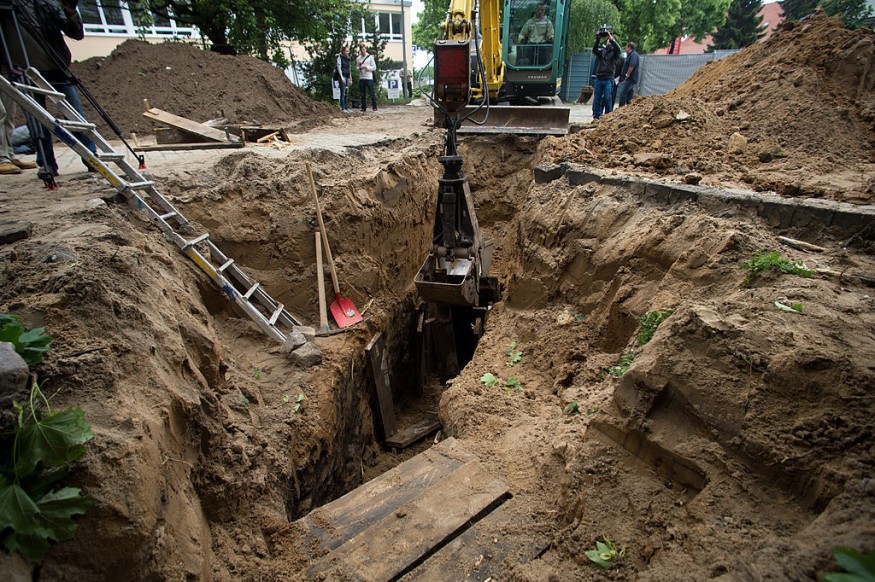
Researchers have discovered a network of subterranean corridors and halls beneath Peru's ancient Chavn de Huántar structure.
The Fist Discovery of Secret Passageways in 3,000 Years
Live Science reported on the structure of rooms and corridors, according to the experts, was utilized in religious ceremonies, potentially incorporating hallucinogenic chemicals.
It was the first period these concealed frameworks were examined in approximately 3,000 years; a few of the mysterious and secluded compartments could had also been utilized for psychological torture, whereas plenty of the bigger venues appear used to be for idol reverence, according to John Rick, a Stanford University expert who is directing the study.
Over the course of 15 years of digs, 36 corridors and linked passages have been discovered at Chavn de Huántar, however this most recent complex was discovered barely a little year back and was not examined until now.
Although some corridors and chambers have been uncovered at comparable period religious complexes in the Andes, they are often considerably simpler in design - hardly anything like the abundance seen at Chavn.
The two bowls in the Condor Corridor were most likely crushers employed to crush up hallucinogenic substances for religious rites, according to Yale University anthropology and historian Richard Burger, who was not engaged in the current investigation at Chavn de Huántar.
COVID-19 constraints precluded ongoing excavation until May of this year, after researchers entered the passages for the first occasion when they were presumably shuttered up over 3,000 years ago, he added.
University of Florida historian Dan Contreras, who was not engaged in the finding although has collaborated with Rick at Chavn de Huántar, noted the additional caverns provide historians with a unique prospect to explore the pathways using modern techniques. Many of the passages appear to have been near the surface at one time, but they were blocked off as the complex grew higher over time, he added.
Furthermore, the most recent tunnels down within the structure were discovered in 2019 and were originally investigated with a wireless router camcorder. Several of the compartments were initially top areas that were preserved open for a while with heavy-duty roofing and long entrance corridors.
Also read : Canines Can Detect COVID-19 Through Sniffing?
Ancient Andean Culture Unearthed
Some pieces of scientific proof indicate to an antiquity of at least 3,000 years after the chamber was erected, and possibly since it was properly shut,"
Nothing is documented regarding Chavn traditions, however the recently rediscovered corridors and exhibition appear to have had a religious significance, similar to similar compartments unearthed at Chavn de Huántar in the history, as per National Geographics.
Historians believed Chavn de Huántar was a holy stronghold for the enigmatic Chavn tribe, who resided in what was afterward Peru approximately 3,200 and 2,200 years ago.
Several were employed for devotion or to house ceremonial material, such as the famed sculpted decorative horns constructed from enormous conch pods that were uncovered in vast quantities at Chavn de Huántar and appear to have been utilized. Experts described it with many tiny compartments intended for psychological torture or ceremonial ocular, aural, and physical bewilderment.
"The closest analogous tunnels in the New World could be the caverns below the Teotihuacan towers in central Mexico," Rick remarked, "but the distinctions are still evident."
The tunnels lead to a great hall with two massive ritualistic granite bowls, one with the figurative face and feathers of a condor, a great Andean bird of peril, Flipboard updated.
Related article : Perfectly Preserved Mummified Baby Mammoth from 30,000 Years Ago Discovered by a Gold Miner
© 2025 NatureWorldNews.com All rights reserved. Do not reproduce without permission.





